What is a Cyber Security Analyst Cover Letter
A Cyber Security Analyst cover letter serves as a crucial document that accompanies your resume when you apply for cyber security positions. It allows you to introduce yourself to potential employers and highlight the relevant skills and experience. The cover letter is a means of showcasing your personality, communication skills, and knowledge of the company and the role. A well-written cover letter can significantly increase your chances of getting an interview and securing the job. The cover letter is the first impression after your resume, so make it count.
Key Components of a Cyber Security Analyst Cover Letter
A solid cover letter includes several key elements that work together to build a compelling narrative. Each section is designed to fulfill a specific purpose that contributes to the overall impact of your application. Carefully crafting each part of the cover letter helps you to ensure that you are effectively communicating your value to the employer. Pay attention to the details, because even minor errors can affect your level of professionalism and lower your chances of success.
Your Contact Information

Start with your full name, contact number, and professional email address at the top of your cover letter. This makes it easy for the hiring manager to contact you. Make sure your email address sounds professional and avoid the use of nicknames. Accuracy is essential; double-check all of your details to avoid errors that might impede communication. This section sets the tone for the rest of your letter and lets the hiring manager know that you are organized and pay attention to detail.
The Hiring Manager’s Information
Address your cover letter to a specific person whenever you can. Research the name and title of the hiring manager. If you cannot find a specific name, you can use a professional salutation, like “Dear Hiring Manager.” Using a name shows that you’ve taken the time to research the company and understand the application process. This personalization helps your application stand out. It shows your initiative and interest in the role. If a name isn’t available, using the title, such as “Hiring Manager,” is the second best option.
A Professional and Engaging Greeting
Begin your cover letter with a professional and engaging greeting. Use “Dear Mr./Ms./Mx. [Last Name]” if you know the hiring manager’s name; otherwise, “Dear Hiring Manager” is acceptable. Avoid generic greetings such as “To Whom It May Concern.” Your greeting should capture the reader’s attention. A well-written greeting shows respect and professionalism, encouraging the hiring manager to keep reading. This part is essential in the initial connection.
Highlighting Your Skills and Experience
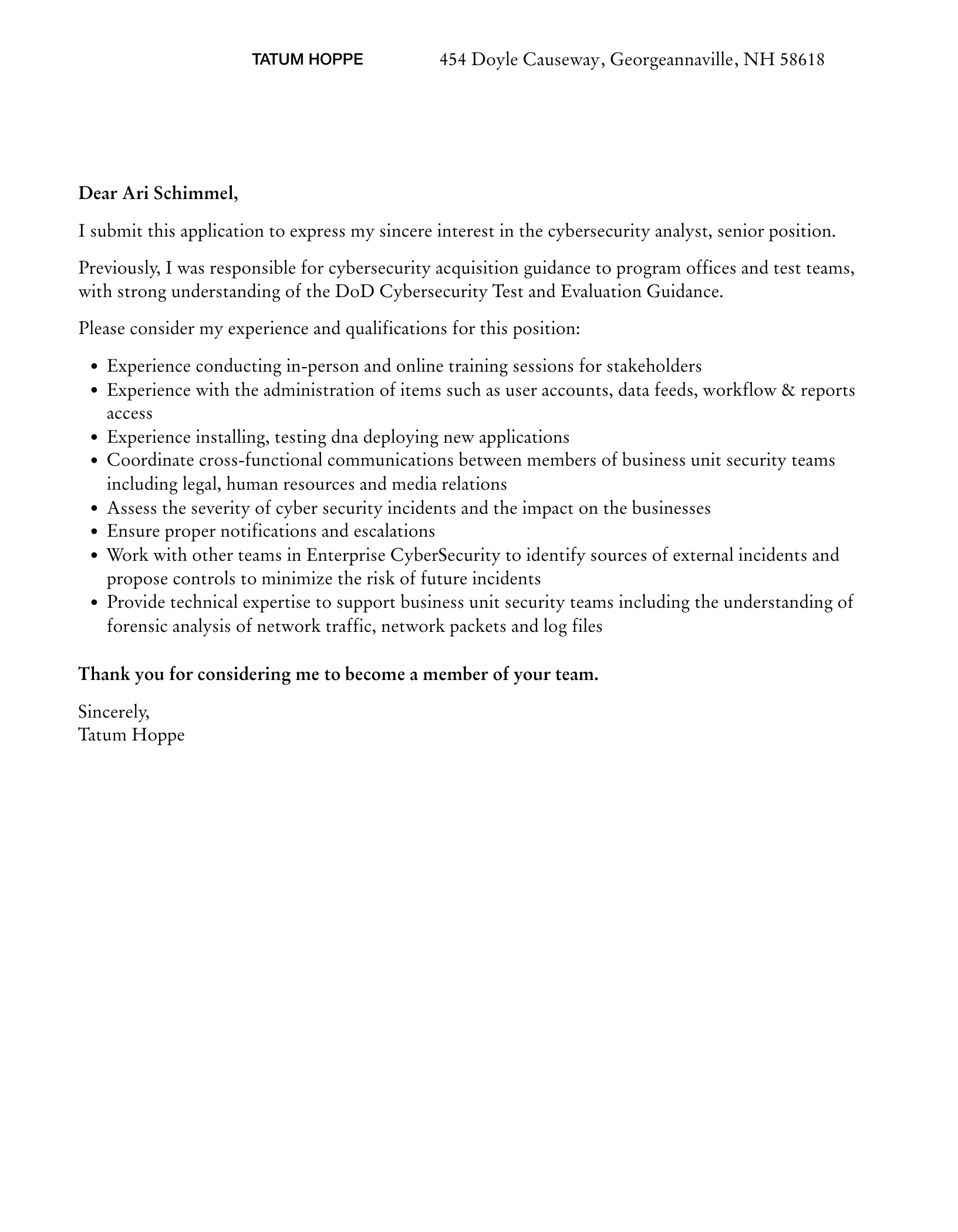
The main body of your cover letter should emphasize your skills and experience that are relevant to the job description. Provide specific examples of your accomplishments and how they align with the needs of the company. Focus on the skills and experiences that make you a good candidate for the specific role. Use action verbs to describe your accomplishments, and quantify your achievements wherever possible. This section helps to demonstrate your value and shows the hiring manager that you are the best fit for the position. Tailor each cover letter to the specific job and emphasize the most relevant information.
Tailoring Your Cover Letter to the Job Description
Customize your cover letter for each job application. Carefully review the job description to identify the key requirements and keywords. Use these keywords throughout your cover letter to show you have the desired skills and experience. This shows that you have carefully read the job description and understand the employer’s needs. Highlighting relevant skills and experience increases your chances of getting noticed, which are addressed in the job posting. Generic cover letters are easily recognized and often discarded.
Quantifying Achievements
Whenever you can, quantify your achievements with numbers, percentages, or specific results. Rather than saying, “Improved security protocols,” say, “Improved security protocols by 15%, resulting in a reduction of security breaches.” Providing concrete evidence of your accomplishments adds credibility and illustrates the impact you have had in prior roles. Quantification makes your claims more persuasive and helps the hiring manager understand the value you bring. Use the data to showcase your successes and make yourself stand out from the other candidates.
Expressing Enthusiasm and Interest
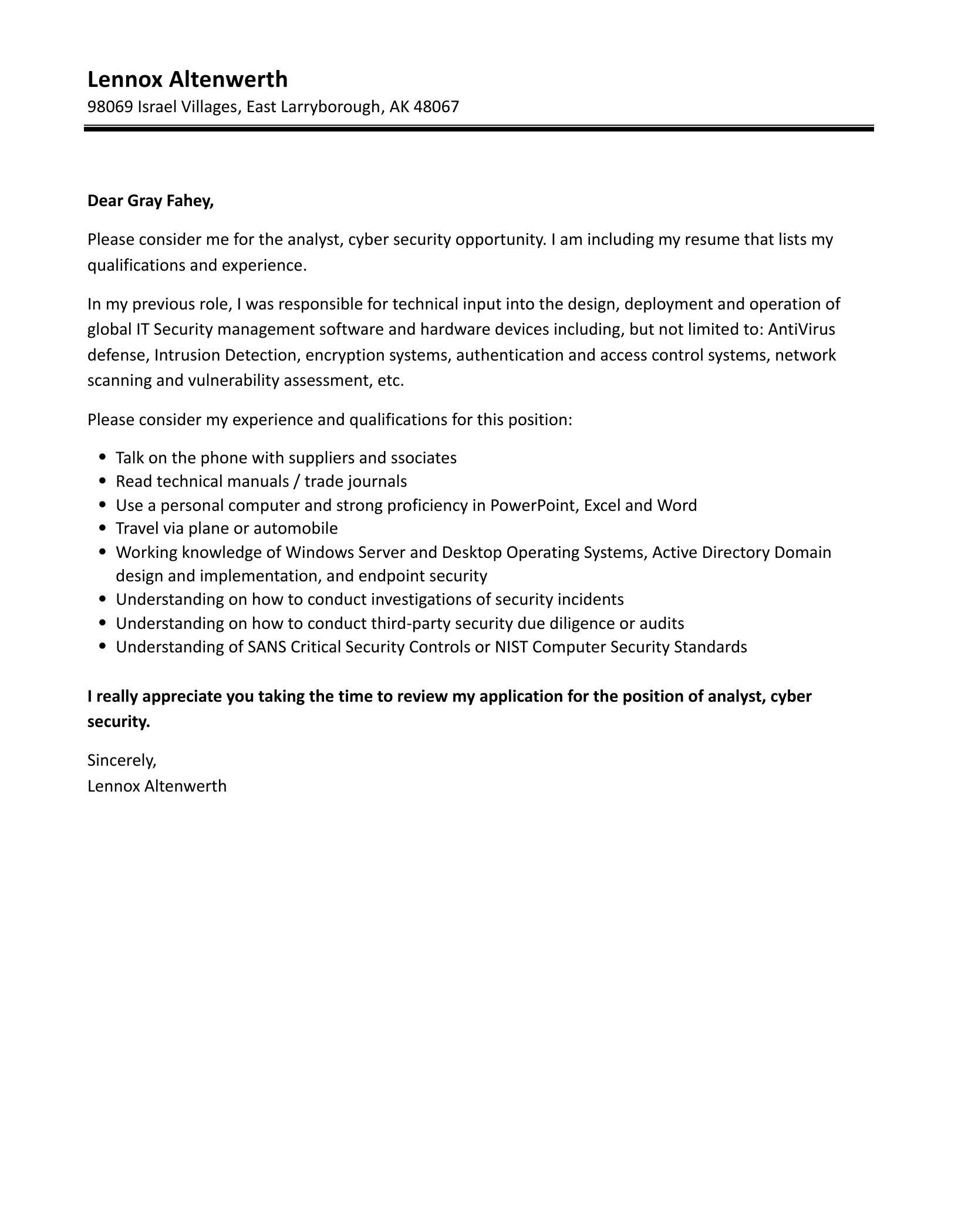
Convey your genuine enthusiasm for the position and the company. Explain why you are interested in the role and what makes you excited about the opportunity. Doing so shows the hiring manager you are motivated and committed to the role. Research the company’s mission, values, and recent projects to demonstrate your genuine interest. Connecting your skills and experience with the company’s goals helps demonstrate a strong match. Expressing interest in this way will help you stand out from the other candidates.
Demonstrating Your Knowledge of the Company
Show that you understand the company’s mission, values, and recent projects. Mention specific aspects of the company that appeal to you, like their innovative approach to cybersecurity or their commitment to employee development. This shows the hiring manager that you have done your research and are genuinely interested in the company. It is essential to tailor your cover letter to each specific company to show you are serious about joining their team. A general, non-personalized cover letter will not impress the hiring manager.
Stating Your Availability
Clearly state your availability for an interview and a start date. Be flexible and demonstrate your willingness to accommodate their schedule. This will make it easier for the hiring manager to advance the recruitment process. Be clear about your availability, such as your ability to attend an interview at their earliest convenience. This ensures an effective and smooth hiring process. Stating your availability will increase your chances of getting the job.
Call to Action and Closing
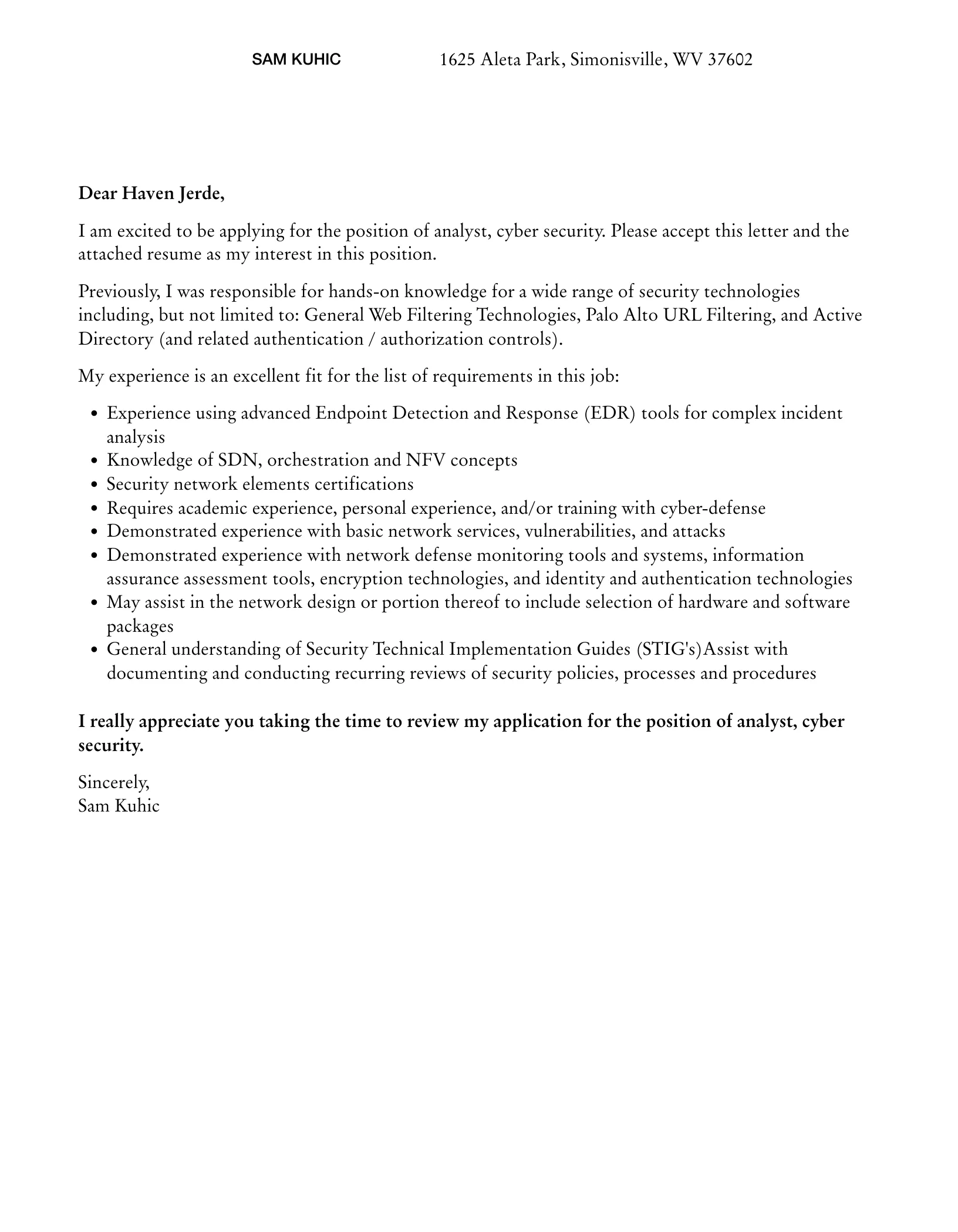
Close your cover letter with a strong call to action and a professional closing. Express your interest in an interview and thank the hiring manager for their time and consideration. Include a closing such as “Sincerely” or “Best regards,” and include your full name. This section should leave a lasting positive impression and encourage the hiring manager to take the next step. This will also make it easy for them to contact you. Be sure to include your contact information on the closing.
Proper Formatting and Proofreading
Proper formatting and proofreading are essential to creating a professional cover letter. Errors in formatting and proofreading can make your cover letter look unprofessional and decrease your chances of getting the job. Review the layout, grammar, and spelling carefully before submitting. A polished cover letter shows that you pay attention to detail and are professional.
Formatting Guidelines
Use a professional font, such as Times New Roman, Arial, or Calibri, with a font size between 10 and 12 points. Use single-spacing within paragraphs and double-spacing between paragraphs. Align your text to the left, and avoid justified text. Keep your cover letter concise, ideally within one page. Proper formatting increases readability and makes a positive impression. This shows your attention to detail and organizational skills.
Proofreading Tips

Proofread your cover letter for any grammatical errors, typos, and spelling mistakes. Use a spell checker and grammar checker, but also read the letter aloud to catch any errors the software might miss. Ask a friend or colleague to review your cover letter. Proofreading will ensure your cover letter is professional and error-free. Proofreading reduces the risk of mistakes and increases your chances of getting hired.
Cover Letter Templates and Examples
Using cover letter templates and examples can give you a helpful starting point for writing your cover letter. These resources offer a preformatted structure and provide content examples. Many online resources can help, and it is important to use this information to customize your cover letter to fit your situation. Don’t simply copy and paste from a template, but use it as a guide to create a unique and effective cover letter that reflects your skills and experience.
Finding Templates Online
Many websites offer free cover letter templates. Search for “cyber security analyst cover letter template” to find different options. Choose a template that matches your style and the job you are applying for. Download the template and replace the placeholder text with your information. Then, modify the template to highlight your relevant skills and experience to match the job description. It is important to personalize any template you use. This will make sure that it reflects your unique qualifications and helps you to make a good impression on the hiring manager.
Analyzing Sample Cover Letters
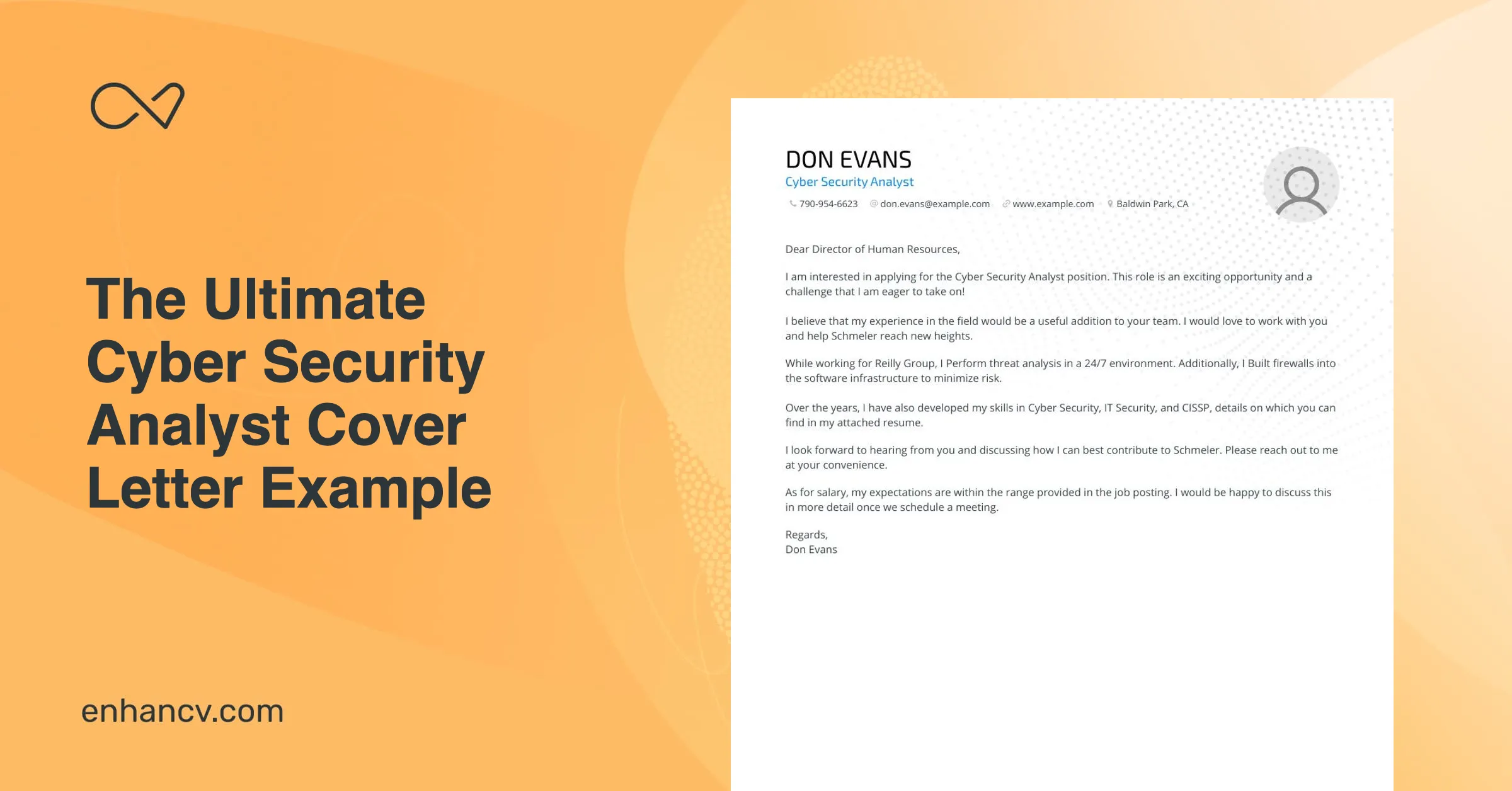
Reviewing sample cover letters for cyber security analyst positions can give you valuable insights into effective writing techniques. Pay attention to how the writers highlight their skills, quantify their achievements, and express their enthusiasm. Analyze how the letters are structured and address the specific requirements of the job. Use the samples as inspiration and a guide. Do not copy the content, but use the examples to write your cover letter. This approach can help you create a cover letter that reflects your skills and experience and stands out from other candidates.
Common Mistakes to Avoid
Avoid these common mistakes to ensure your cover letter creates a positive impression. Become aware of the most common mistakes, and proofread carefully to ensure you do not make them. A cover letter that is free of mistakes is more likely to make a positive impression on the hiring manager. The effort you put into the details will improve your chances of getting the job.
Generic Content
Avoid using generic content that could apply to any job. Tailor your cover letter to the specific job and the company. Show that you understand the role and the company’s needs. Generic cover letters show that you haven’t put in the time to research the company. You can demonstrate interest and understanding by mentioning specific aspects of the job or the company’s mission.
Typos and Grammatical Errors
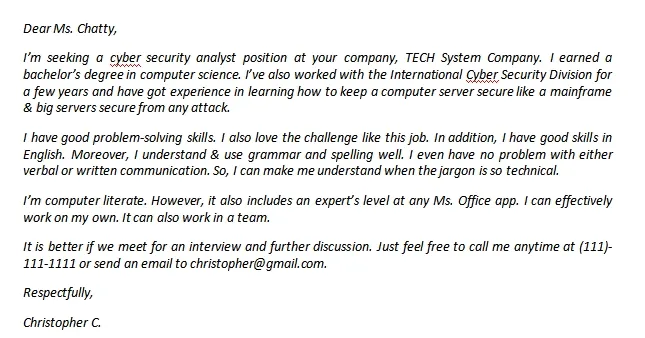
Typos and grammatical errors can damage your credibility and make you look unprofessional. Always proofread your cover letter carefully before submitting it. Use spell-check and grammar-check tools, and read it aloud to catch any errors that the software might miss. Ask a friend or colleague to review your cover letter. Proofreading ensures that your cover letter is polished and professional. These errors can give the impression that you are not detail-oriented or that you don’t care enough to do a good job.
Lack of Personalization
Avoid a lack of personalization by not addressing your cover letter to a specific person or company. Try to find the hiring manager’s name. If you can’t, use a formal greeting. Research the company and mention specific aspects that interest you. Personalization shows your genuine interest and attention to detail. It shows that you care about the job, which helps to make your application stand out from others.
Overselling Your Skills
Avoid overselling your skills or making claims that you cannot support. Be honest and accurate in your description of your skills and experience. Back up your claims with concrete examples and evidence. Overselling can damage your credibility and can make it seem like you are not being truthful. Give accurate and verifiable information in your cover letter. Be sure to showcase your skills by providing actual examples.
Conclusion
Writing a strong Cyber Security Analyst cover letter is an essential part of the job application process. It gives you the opportunity to showcase your skills, experience, and enthusiasm for the position. By following the guidelines that are outlined in this guide, you can create a compelling cover letter that increases your chances of getting an interview and landing your dream job. Always tailor your cover letter to each job, highlighting your relevant skills and experience. Best of luck with your job search.
